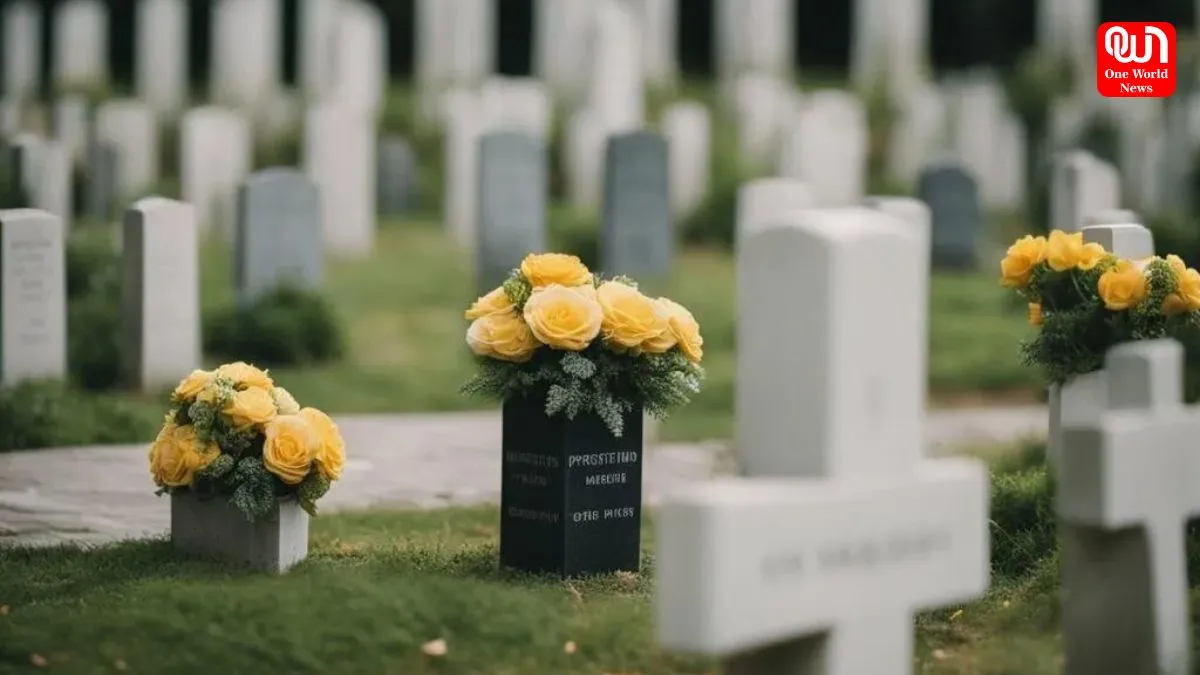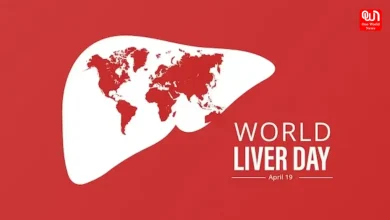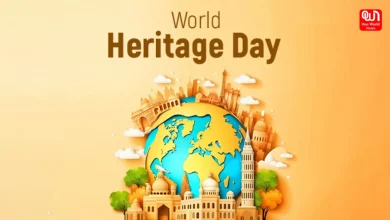Beyond the Headstones: The Healing Power of Rituals in Coping with Loss
Losing someone you love is really hard, and figuring out how to cope is often confusing. Did you know that rituals and ceremonies can ease this pain?
Beyond the Headstones: Exploring the Significance of Rituals and Ceremonies in Mourning
Rituals help us handle sadness and loss. They give structure during tough times… making grief a shared experience.

Cultural Importance of Rituals
Rituals hold deep meaning in many cultures. They help us connect with one another during hard times, like losing a loved one. Many rituals turn sad moments into events that build our community.
Classic sociological theories say rituals create bonds between people and make them feel less alone.
Communal mourning can unite people who might not know each other well. Funerals for unclaimed infants let mourners form new identities as they share their grief. “Circle of Love” ceremonies allow participants to connect with deceased infants through shared activities emotionally.
“Rituals enhance social cohesion and create symbolic bonds”
Holding these rituals offers comfort, support, and a sense of belonging through traditions and customs practiced all over the world.
Psychological Effects of Ceremonies
Ceremonies help with emotional healing. They let people show their feelings and create symbolic bonds. These acts can release endorphins, which make us feel good. When grieving, these rituals provide comfort and structure.
Grief can lead to serious problems if not handled well. Clinical depression is one example. Rituals offer safe spaces for collective mourning, helping people cope together. People find strength in shared experiences during these times.
Unveiling Ceremonies and Their Role in Grieving
Ceremonies serve as a way to honor and commemorate loved ones. These rituals help people process their grief by providing closure and comfort.
Symbolism in Unveiling Rituals
The headstone stays covered until just before the Kaddish recitation, which holds deep meaning. It marks a shift from mourning to remembering and celebrating life. During the ceremony, people read from traditional or personal sources, adding another layer of symbolism.
Placing pebbles on the monument also carries significance. Early markers were made of stones, and this act recalls that tradition. The short 10-15 minute ceremony is meant to be solemn but not too formal.
Names are inscribed in both English and Hebrew, along with birth and death dates, honoring both aspects of the deceased’s identity.
Common Practices in Unveiling Ceremonies
Unveiling ceremonies hold deep meaning. These rituals help in healing and remembrance.
Common Practices in Unveiling Ceremonies:
- Gathering of Family and Friends
- Close family and friends come together.
- The ceremony is private, with no public announcement.
- Planning Ahead
- Families plan the event at least 90 days in advance.
- It ensures a meaningful and organized ritual.
- Recitation of Prayers
- The El Malei Rachamim prayer is recited.
- Attendees also say Kaddish, a mourner’s prayer.
- Unveiling the Marker
- The headstone or memorial marker gets uncovered.
- This represents showing respect to the deceased.
- Sharing Memories
- Loved ones share stories about the deceased.
- It helps keep their memory alive.
- Placing Stones on the Marker
- Attendees place small stones on the marker.
- This symbolizes lasting love and remembrance.
- Post-Ceremony Gathering
- After the ceremony, families invite guests to their home or a restaurant.
- This allows for additional sharing and support.
- Charitable Donations
- Donations (tzedakah) are made in honor of the deceased.
- It reflects giving back as a tribute to their life.
These practices aid in coping with loss while honoring loved ones’ memories.
Memorial Ceremony Variations Across Different Cultures
Different cultures have unique ways of honoring loved ones. These ceremonies show respect and keep memories alive through practices.
Jewish Unveiling Rituals
Jewish unveiling rituals happen after the mourning period called Kaddish. Parents are mourned for 11 months, while others are mourned for 30 days. The ceremony is short, often just 10 to 15 minutes long.
It includes reading Psalms and a eulogy. Attendees also say the El Malei Rachamim prayer. If there are ten or more people, they recite the Kaddish too. A common practice is placing stones on the gravesite to honor the deceased.
Christian Tombstone Dedications
Christian tombstone dedications are special ceremonies. They honor the deceased and help families heal. These ceremonies often include scripture readings, hymns, and a eulogy. The dedication may also feature a commitment service.
Tombstones usually show the person’s name along with their birth and death dates. The cost of these unveilings can vary widely based on budget and preferences. During this time, family members often gather to share memories and find comfort in their faith.
Islamic Commemoration Practices
Islamic commemoration practices follow strict rules. Traditional teachings discourage raised graves and inscriptions. Graves should be level with the ground, though sometimes raised for identification.
Reading the Qur’an and reciting prayers are key mourning practices. The unveiling is generally considered Haram (forbidden) in Islam. However, due to cultural influences, some wealthy communities may include names and dates on headstones.
The Role of Memorial Markers
Memorial markers give us a place to visit our loved ones. They become spots where we can reflect and feel close to those we miss.
Honor the Memory of Loved Ones
We honor the memory of loved ones through rituals. These help us feel that our loved ones are still with us. Memorial markers, like gravestones, serve as a lasting tribute. They remind us of the person who passed away.
People gather at these sites to share stories and cry together. This helps everyone remember and celebrate the unique qualities of their loved one’s unique qualities. Placing headstones on graves is a common practice in many cultures during ceremonies.
Next, let’s examine how Signatureheadstones serve as sites for mourning and remembrance.
Serve as Sites for Mourning and Remembrance
Memorial markers serve as places for mourning and remembrance. They help people honor the memory of their loved ones and provide a physical spot to visit, reflect, and feel connected.
Memorial plaques and memorial monuments transform painful experiences into shared memories.
The Vietnam Veterans Memorial is an example. It aids veterans in processing grief by fostering community bonds. Successful memorials like this one allow rituals that reinforce group identity.
The design of these spaces influences how visitors experience their emotions, offering comfort and a sense of peace.
Conclusion
Rituals help us heal. They offer comfort and a sense of connection. Ceremonies honor our loved ones and give us space to grieve. These practices make loss more bearable and bring us together in tough times.
We’re now on WhatsApp. Click to join
Like this post?
Register at One World News to never miss out on videos, celeb interviews, and best reads.








